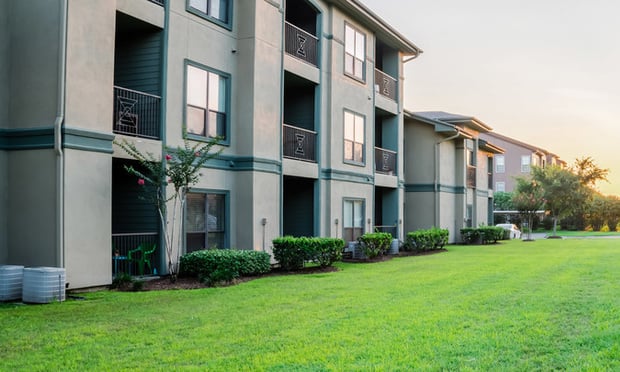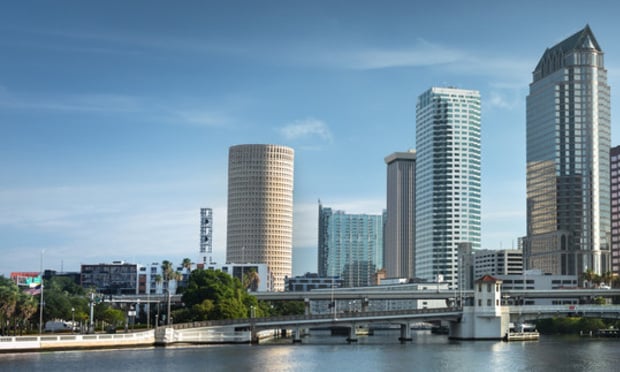The impact of the trade on the state's economy has been evidenced in recent days as 4,500 company representatives have made appearances at the lectures and exhibit booths of the 11th annual Call Center & CRM Solutions 2001 conference at Dallas' Wyndham Anatole Hotel. Today marks the exhibit closeout while tomorrow is dedicated to an industry teleconference. New designs for interiors and equipment plus software development have drawn the attention of call center managers and building developers, says Liz Crawford, Advanstar's show manager. She told GlobeSt.com that attendance is up 10% from prior years. The increase isn't surprising since the past year has been rife with development news about the industry, which now encompasses 80,000 call centers nationwide.
"The industry is growing 10% to 12% every year and I don't see that slowing down," Paul Hebner, executive vice president of the Call Center Network Group, told GlobeSt.com. It's just been in recent years that it's become acceptable for companies to admit that they are operating call centers, sparking a building spree from some developers looking to tap the revenue pool. A handful of developers are constructing or rehabbing structures in multiple markets to offer a one-stop shop for companies, which are striking multiple leases for the sites.
But, the more accepted "hotbeds of activity," says Hebner, are losing ground to second-tier cities, where there is an abundant workforce and cheaper rents. Dallas-Ft. Worth and the Greater Phoenix area lead the nation in their number of call centers, according to Hebner. Atlanta and Chicago follow in the ranking. A diminishing workforce in metro areas has steered development to second-tier cities such as Oklahoma City, San Antonio and even the small Texas town of Beaumont. Hartford Insurance Co. and Sprint PCS have just announced call center plans for Oklahoma City, says Hebner, in a move that best exemplifies the latest trend. "Four or five years ago, those companies would have never considered Oklahoma City as a viable city," he told GlobeSt.com.
As companies seek out fresh ground and labor pools, there is a growing tendency for smaller shops, he says. The average call center today seats 100 workers and pumps about $8 million per year into the local economy, including construction and related acquisition costs plus first-year salaries, according to Hebner. Fewer of the large call centers as Charles Schwab & Co. is building in Austin or American Airlines' operation in Dallas will come on line, Hebner believes. The Schwab project will deliver 358,000 sf in two call centers positioned on a 23-acre site in Research Park Plaza. The 23,000-sf call center in San Antonio that has been recently announced by Nationwide Insurance Co., based in Columbus, is more in keeping with the industry's future buildings.
Hebner says the downsizing is more a result of management. "It's a big challenge," he says of the mammoth centers, a few of which employ up to 3,000 workers.
Want to continue reading?
Become a Free ALM Digital Reader.
Once you are an ALM Digital Member, you’ll receive:
- Breaking commercial real estate news and analysis, on-site and via our newsletters and custom alerts
- Educational webcasts, white papers, and ebooks from industry thought leaders
- Critical coverage of the property casualty insurance and financial advisory markets on our other ALM sites, PropertyCasualty360 and ThinkAdvisor
Already have an account? Sign In Now
*May exclude premium content© 2024 ALM Global, LLC, All Rights Reserved. Request academic re-use from www.copyright.com. All other uses, submit a request to [email protected]. For more information visit Asset & Logo Licensing.








